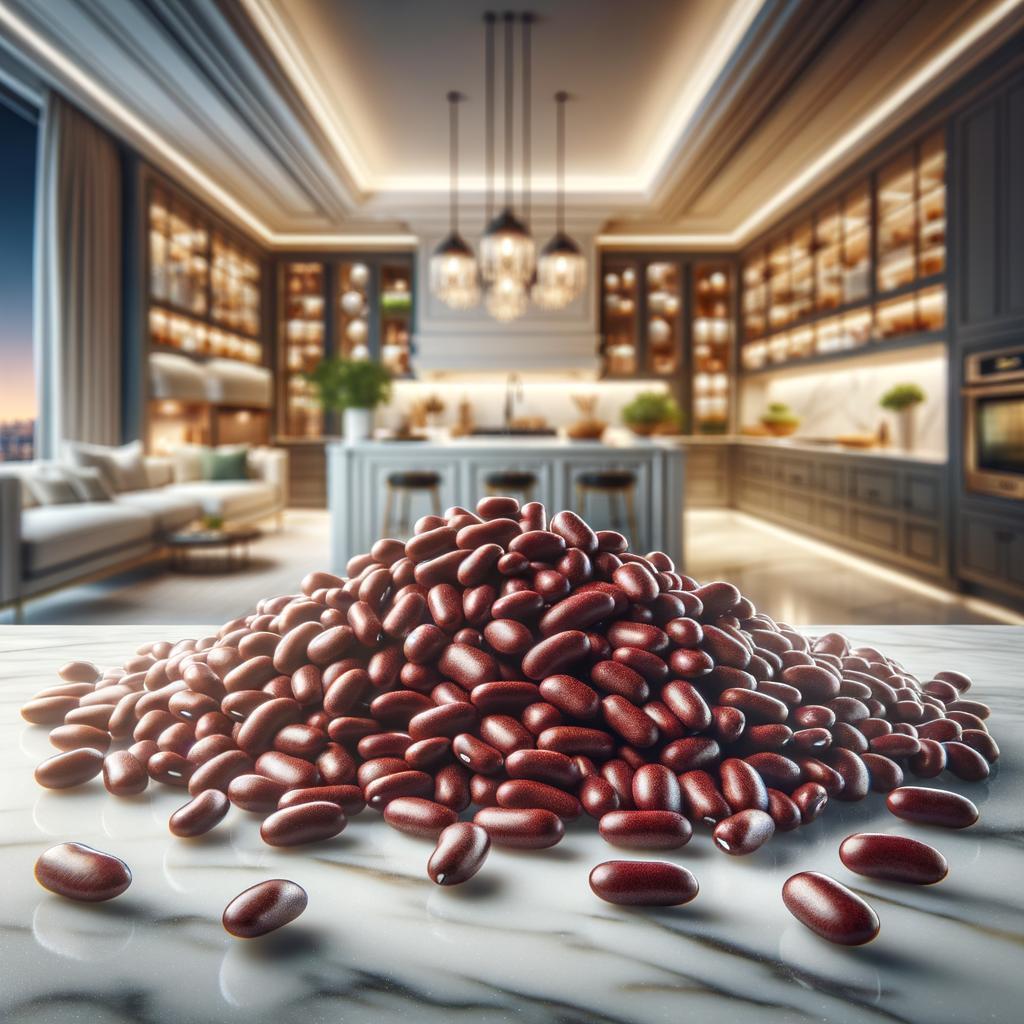Red Beans

Description
Meet the humble yet mighty red bean, a vibrant little gem that brings a pop of color and a punch of flavor to any dish it graces. Visually, red beans are small, smooth, and kidney-shaped, with a deep, rich red hue that can range from a bright cherry red to a darker, almost burgundy color. The texture of red beans is firm when raw, but once cooked, they transform into a soft, creamy consistency that's both satisfying and comforting. The flavor profile is subtly sweet yet earthy, making them a versatile ingredient that can adapt to a variety of flavor combinations. What sets red beans apart from their bean brethren is their remarkable ability to absorb the flavors of the ingredients they are cooked with, making them an excellent base for many dishes.
Primary Uses
Red beans are a culinary chameleon, finding their way into a myriad of dishes across various cuisines. They are the star of the classic Southern dish, red beans and rice, where they are slow-cooked with spices, onions, and smoked meats to create a hearty, flavorful staple. In Asian cuisine, red beans are often sweetened and used in desserts like red bean paste buns and mochi. Beyond the culinary world, red beans have also been used traditionally in some cultures for their believed medicinal properties, such as promoting heart health and aiding in digestion.
History
The red bean's history is as rich and varied as its culinary uses. Originating in Peru, these beans were spread globally by Spanish and Portuguese explorers during the 15th century. In the American South, red beans became a staple food due to their high nutritional value and low cost. They were traditionally cooked on Mondays, using the leftover bones from Sunday's dinner to flavor the beans. This tradition birthed the iconic dish, red beans and rice. In Japan, red beans, or 'azuki', are associated with happiness and good fortune, and are often used in celebratory dishes.
Nutritional Information
Red beans are a nutritional powerhouse, packed with protein, fiber, and a variety of essential minerals like iron, magnesium, and potassium. They are low in fat, making them an excellent choice for heart-healthy diets. The high fiber content aids in digestion and helps maintain a healthy weight. When compared to other beans, red beans have a higher iron content, making them an excellent choice for vegetarians and vegans looking to boost their iron intake. However, they should be consumed in moderation as they can cause flatulence due to their high fiber content. All in all, the humble red bean is a testament to the fact that good things often come in small packages.

